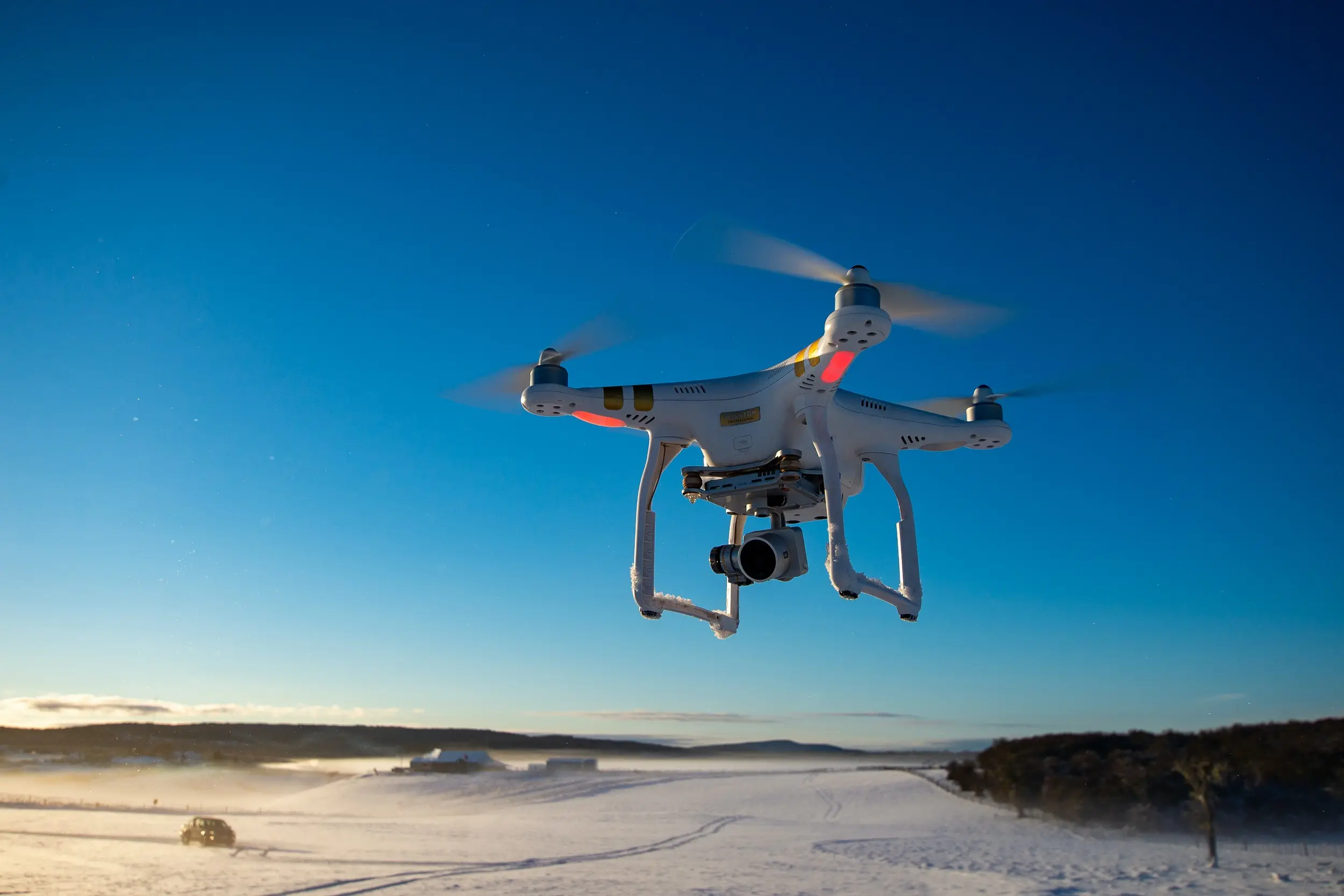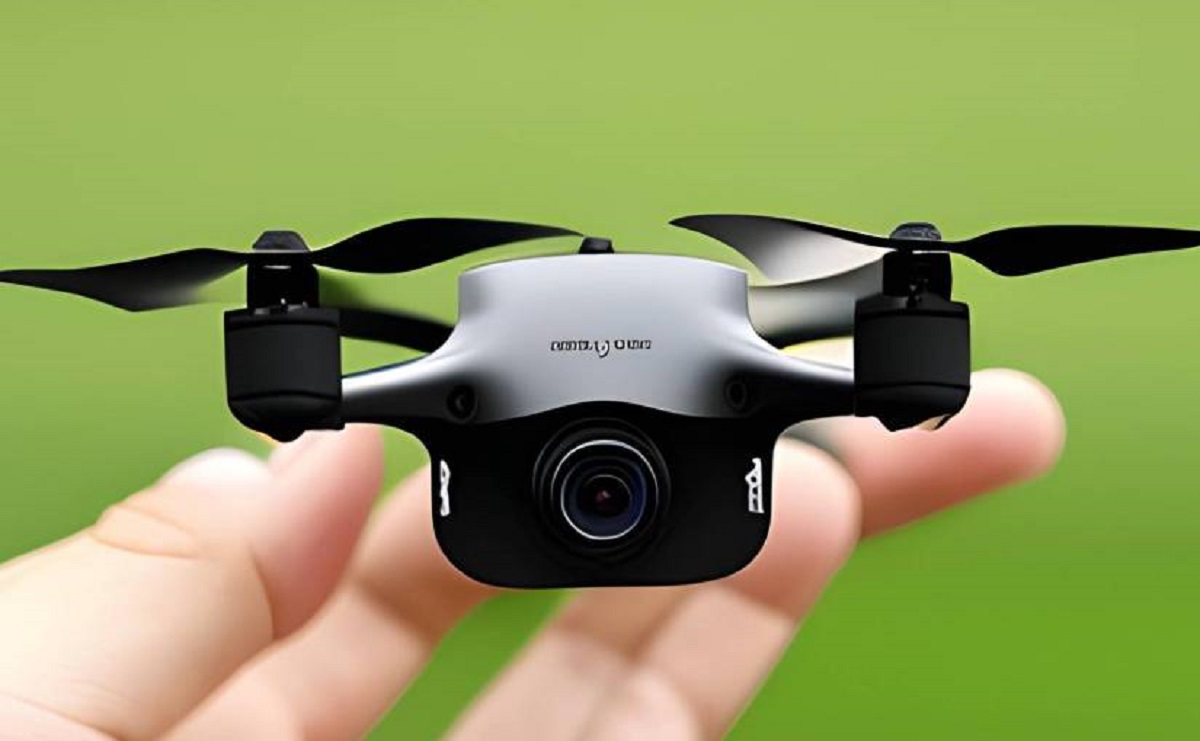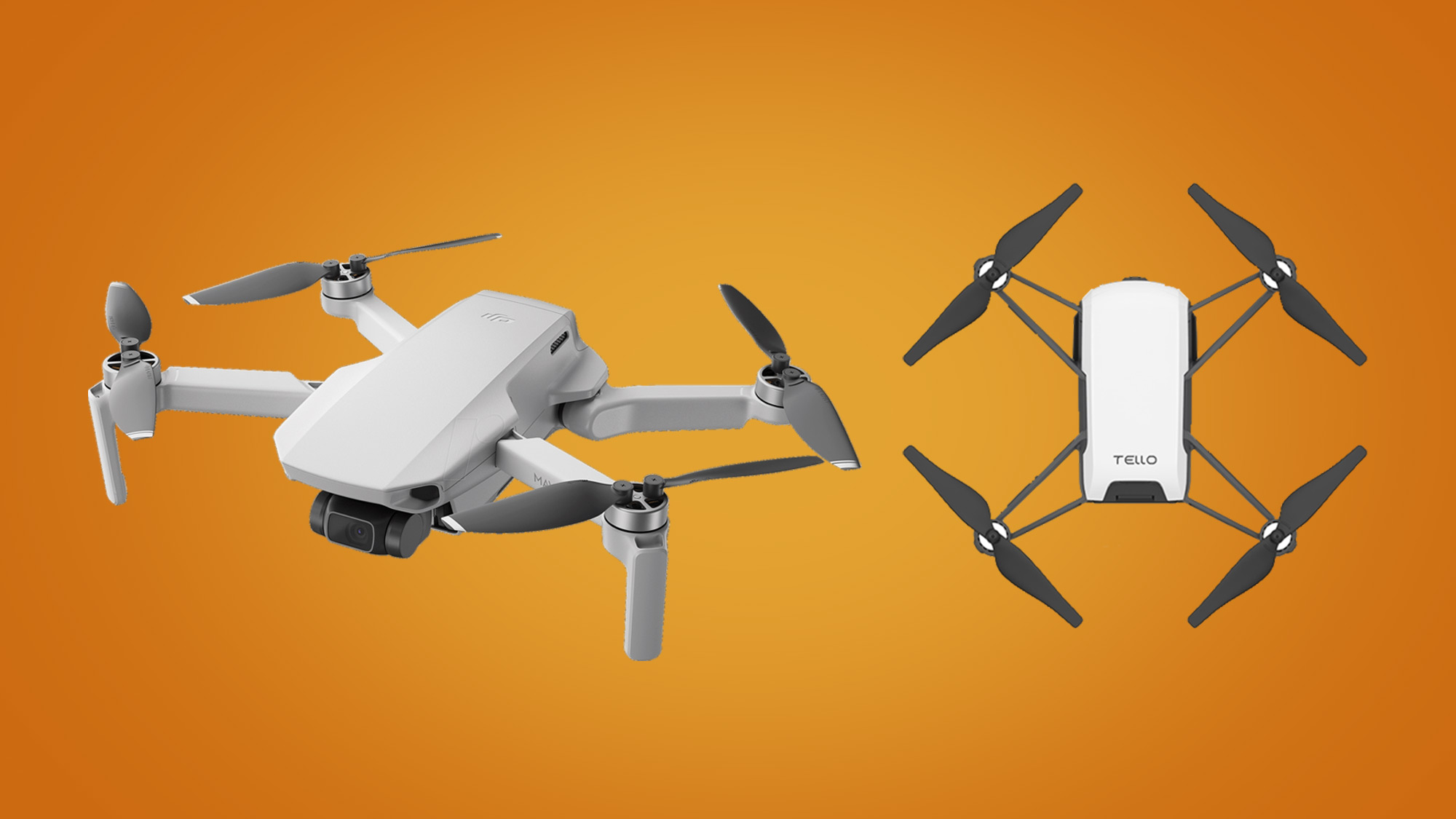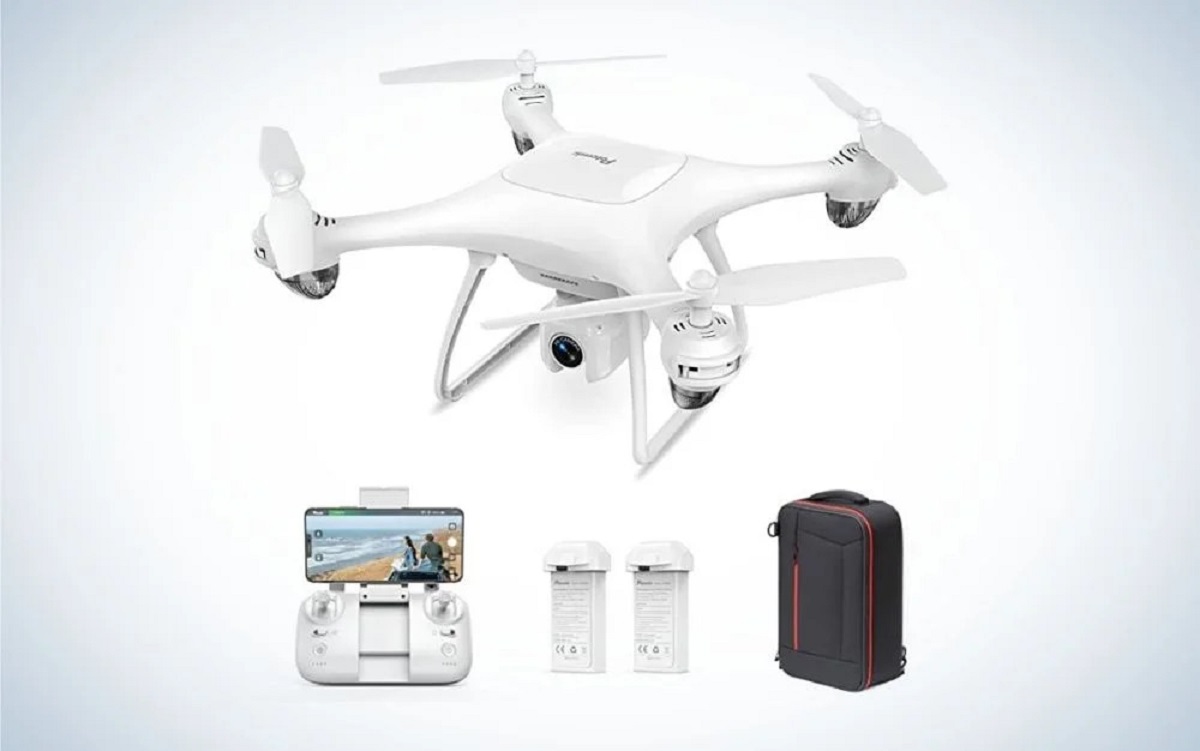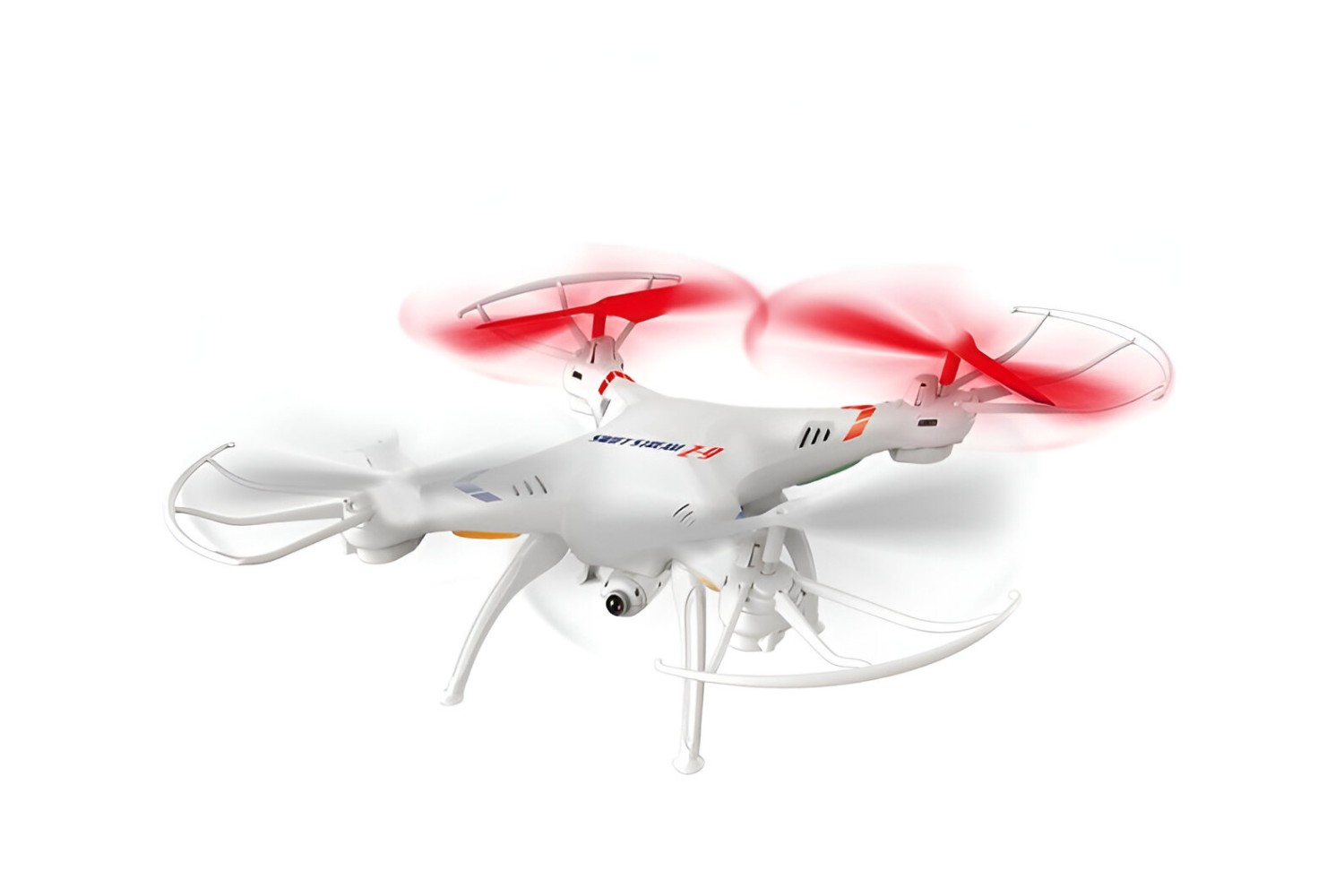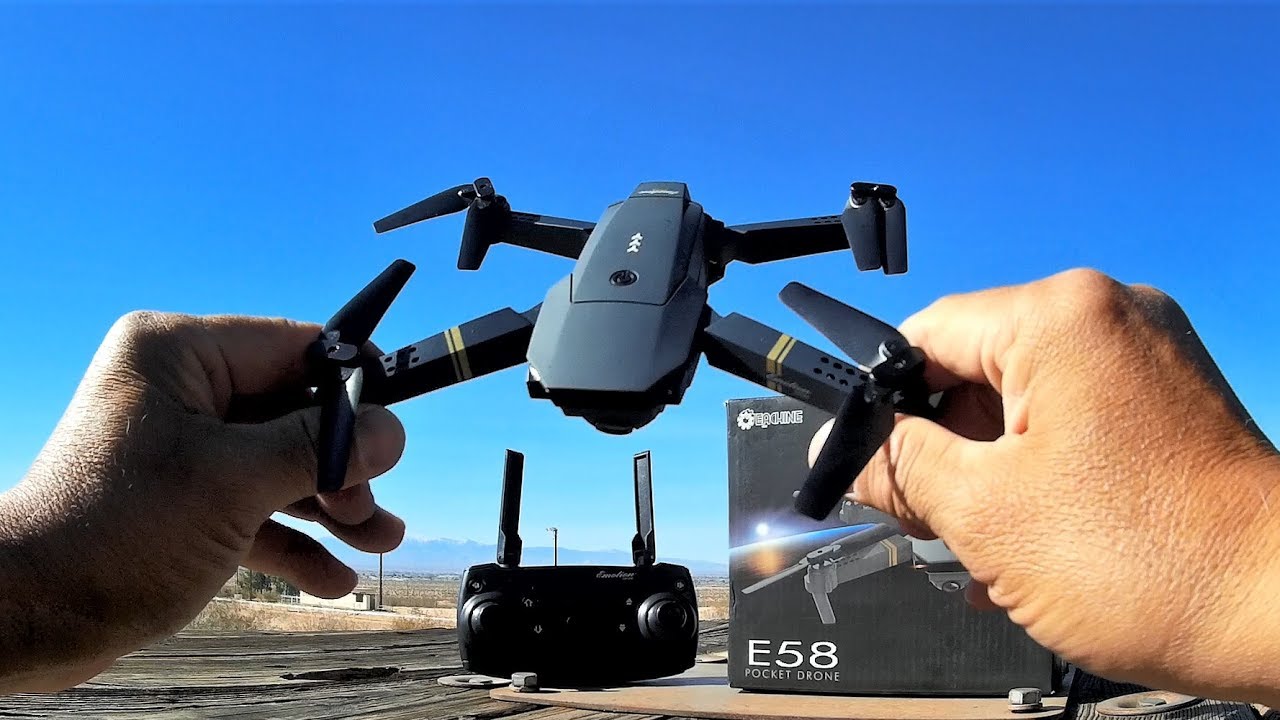What Is Headless Mode
Headless mode is a feature found in many modern drones that allows the pilot to control the drone’s movement relative to their position, rather than the drone’s orientation. In other words, no matter which way the drone is facing, pushing the joystick forward will make it fly away from the pilot and pulling it back will bring it closer. This makes it much easier for beginners to control the drone, as they don’t have to worry about adjusting the controls according to the drone’s orientation.
When headless mode is activated, the drone’s flight control system automatically adjusts the direction of the drone based on the pilot’s inputs. It does this by using the initial alignment of the drone’s front when the mode is activated as a reference point. From there, it calculates the difference between the current orientation and the reference point, and adjusts the commands to ensure that the drone moves in the desired direction relative to the pilot’s position.
Headless mode is particularly helpful for beginners who haven’t yet developed a strong understanding of drone flight dynamics. It eliminates the need to mentally translate joystick inputs to compensate for the drone’s orientation, allowing pilots to focus on mastering the basic flight controls. This makes it a great training tool for aspiring drone enthusiasts who want to build their piloting skills from the ground up.
It is important to note that headless mode does not mean the drone can fly in any direction without limits. The range and altitude limitations set by the drone’s manufacturer still apply, and pilots must comply with local regulations and airspace restrictions. Additionally, headless mode may not be suitable for advanced maneuvers or specific flight scenarios that require precise control over the drone’s orientation.
Overall, headless mode is a valuable feature for beginner drone pilots, as it simplifies the control process and helps build confidence. By removing the need to think about the drone’s orientation, pilots can focus on mastering basic flight maneuvers, ultimately leading to a more enjoyable and rewarding drone flying experience.
How Does Headless Mode Work
Headless mode works by utilizing the drone’s internal sensors, such as the gyroscope and accelerometer, to determine its orientation in relation to the pilot’s position. When headless mode is activated, the drone’s flight control system uses this information to adjust the drone’s movement commands accordingly.
When the drone is initially powered on and headless mode is activated, it establishes the current orientation of its front as the reference point. This is often done by pointing the front of the drone towards the pilot before activating the mode. From this reference point, the drone calculates the difference between its current orientation and the reference point.
For example, if the drone is facing away from the pilot but the pilot pushes the joystick forward, the flight control system takes into account the difference in orientation and adjusts the command so that the drone moves towards the pilot. Similarly, if the drone is facing towards the right of the pilot and the pilot moves the joystick to the left, the flight control system compensates for the orientation by making the drone move to the right.
This adjustment process happens in real-time, ensuring that the drone responds to the pilot’s commands in a manner that aligns with their intended direction of movement. It allows even beginners with little or no experience to fly the drone without having to worry about the drone’s orientation in relation to their position.
It’s important to note that the effectiveness of headless mode can vary depending on the quality and calibration of the drone’s internal sensors. A well-calibrated gyroscope and accelerometer will provide more accurate readings, resulting in smoother and more intuitive control during headless mode operation.
Lastly, it’s worth mentioning that headless mode is not a default setting on all drones. Some models may have the feature built-in, while others may require enabling it through the drone’s control software or remote controller. Always refer to the drone’s user manual for specific instructions on how to activate and use headless mode for your particular model.
Benefits of Headless Mode
Headless mode offers several benefits that make it a valuable feature, especially for beginner drone pilots:
- Easier Control: One of the main advantages of headless mode is that it simplifies drone control for beginners. By removing the need to consider the drone’s orientation, pilots can focus solely on controlling its movement relative to their position. This makes it easier to learn and practice basic flight maneuvers without getting confused or disoriented.
- Reduced Learning Curve: Traditional drone controls require the pilot to mentally adjust their joystick inputs based on the drone’s orientation. This can be challenging for beginners who are still developing their spatial awareness skills. Headless mode eliminates this learning curve, allowing beginners to quickly grasp the basic flight controls and build confidence in their piloting abilities.
- Enhanced Spatial Awareness: By taking away the need to constantly account for the drone’s orientation, headless mode allows pilots to focus on observing their surroundings and maintaining situational awareness. This is especially important for safety reasons, as it enables pilots to avoid obstacles, maintain a safe distance from people and objects, and react to unforeseen circumstances more effectively.
- Seamless Transitions: Headless mode facilitates smooth transitions between different flight orientations. Whether the drone is facing towards or away from the pilot, pushing the joystick forward will always make it fly away, while pulling it back will always bring it closer. This eliminates the jarring experience of suddenly switching control directions when the drone changes its orientation.
- Training Tool: Headless mode is a valuable training tool for beginner pilots who want to gradually develop their skills and confidence. By starting with headless mode and then gradually transitioning to manual control, pilots can gain a better understanding of drone flight dynamics and improve their ability to control the drone in various orientations.
It’s important to note that while headless mode offers these benefits, it may not be ideal for all situations or skill levels. Advanced maneuvers or tasks that require precise control over the drone’s orientation may be better suited for manual control. Therefore, it’s important for pilots to practice and gain experience in both headless mode and normal mode to become well-rounded and proficient drone pilots.
Limitations of Headless Mode
While headless mode can be a helpful feature for beginner drone pilots, it is important to be aware of its limitations:
- Advanced Maneuvers: Headless mode may not be suitable for performing advanced flight maneuvers or precise aerial photography. Since the drone’s movement is relative to the pilot’s position rather than its orientation, executing complex maneuvers that require specific control over the drone’s angle or orientation can be challenging or even impossible in headless mode.
- Loss of Orientation: Relying solely on headless mode can hinder the development of spatial awareness skills. It is important for drone pilots to master the ability to visually orient themselves with the drone’s position and direction. Over-reliance on headless mode may result in a diminished ability to navigate when the feature is unavailable or not activated.
- Environmental Factors: The performance of headless mode can be affected by environmental factors such as strong winds, turbulent conditions, or GPS interference. In these situations, the drone’s flight control system may struggle to accurately interpret the pilot’s input and adjust the drone’s movement accordingly, leading to less precise control.
- Dependent on Sensor Calibration: Headless mode relies on the accuracy and calibration of the drone’s internal sensors, such as the gyroscope and accelerometer. If these sensors are not properly calibrated or if there are inconsistencies in their readings, it can result in inaccurate adjustments and potentially affect the responsiveness and stability of the drone in headless mode.
- Restricted Flight Range: It is important to note that headless mode does not grant the drone unlimited flight range or altitude. The range and altitude limitations set by the drone’s manufacturer still apply, and pilots must adhere to local regulations and airspace restrictions when flying their drones in headless mode as they would in normal mode.
Despite these limitations, headless mode can still be an invaluable tool for novice drone pilots, allowing them to focus on mastering basic flight controls and building confidence. It is important to practice using headless mode in different flight scenarios and gradually transition to manual control to fully develop overall piloting skills.
How to Use Headless Mode on Your Drone
To use headless mode on your drone, follow these steps:
- Read the Manual: Familiarize yourself with your drone’s user manual to understand if it has a headless mode feature and how to activate it. Different drone models may have varying methods of enabling headless mode.
- Power On the Drone: Ensure that your drone is powered on and ready to fly. Make sure the drone and the remote controller are properly connected and calibrated.
- Position the Drone: Before activating headless mode, position the drone so that the front is facing towards you or in the desired reference direction. This will establish the initial orientation for headless mode.
- Activate Headless Mode: Depending on your drone model, activate headless mode using the designated button or option on the remote controller or through the drone’s control app. Refer to the user manual for specific instructions on how to enable headless mode for your particular drone.
- Confirm Activation: Once headless mode is activated, the drone’s LED lights or indicators may signal its status. Ensure that the drone’s lights indicate that headless mode is active before proceeding with flight.
- Control the Drone: With headless mode active, control the drone using the remote controller as you normally would. Pushing the joystick forward will make the drone fly away from your position, while pulling it back will bring it closer, regardless of the drone’s orientation.
- Monitor Flight: Keep a close eye on the drone’s movement and surroundings. Maintain situational awareness to avoid obstacles and maintain safe distances from people, buildings, and other objects.
- Practice and Gain Experience: Take the opportunity to practice flying in headless mode. Gradually experiment with different maneuvers and flight patterns to build your skills and confidence as you become accustomed to controlling the drone relative to your position.
Remember, headless mode is a helpful feature for beginners, but it is important to gain experience in both headless mode and manual control to become a well-rounded drone pilot. Practice regularly and familiarize yourself with your drone’s capabilities, limitations, and flight characteristics to ensure a safe and enjoyable flying experience.
Tips for Using Headless Mode Safely
When using headless mode on your drone, it’s important to prioritize safety to ensure a smooth and incident-free flight experience. Here are some tips to help you use headless mode safely:
- Understand the Basics: Before using headless mode, make sure you have a solid understanding of the drone’s controls, flight capabilities, and any specific instructions mentioned in the user manual. Knowledge is crucial in ensuring safe and effective drone operation.
- Choose an Open Area: When using headless mode, select an open and clear area for flying your drone. Avoid crowded spaces, busy roads, and areas with obstacles that could potentially impede your flight or pose a risk to others.
- Take Your Time: If you’re a beginner or new to headless mode, start by practicing in a slow and controlled manner. Take your time to familiarize yourself with the drone’s behavior and responsiveness in headless mode before attempting more complex maneuvers.
- Maintain Visual Line of Sight: Always keep the drone within your line of sight during flight. This allows you to monitor its movement, respond to potential hazards, and maintain overall control. Avoid flying the drone too far away or obstructing your own view of the aircraft.
- Remain Aware of Surroundings: Even in headless mode, stay vigilant and aware of your surroundings. Be mindful of any potential obstacles, people, or structures that could pose a risk to your drone or others. Maintain a safe distance from objects and adhere to local regulations and airspace restrictions.
- Monitor Battery Life: Keep track of the drone’s battery life and avoid flying in headless mode when the battery level is low. This will help ensure a safe return to home or landing and prevent the drone from unexpectedly losing power during flight.
- Keep Weather Conditions in Check: Be mindful of weather conditions before flying in headless mode. Strong winds, rain, or other adverse weather conditions can affect the drone’s stability and control, even in headless mode. Avoid flying in challenging weather conditions that could jeopardize the safety of your flight.
- Practice Emergency Procedures: Familiarize yourself with emergency procedures in case of unexpected events. This includes knowing how to safely regain manual control of the drone, activating return-to-home functions, or landing the drone in a controlled manner if necessary.
- Practice Responsibly: Responsible drone usage extends beyond headless mode. Respect privacy, comply with local laws and regulations, and operate the drone in a manner that does not disturb or endanger others. Act as an ambassador for responsible drone flying in your community.
By following these tips, you can ensure a safe and enjoyable experience when using headless mode on your drone. Prioritize safety, always stay in control, and continuously improve your piloting skills to maximize the benefits of headless mode while minimizing potential risks.
Headless Mode vs Normal Mode: Which is Better?
The choice between headless mode and normal mode ultimately depends on your experience level, flight goals, and preferences. Here’s a comparison of headless mode and normal mode to help you decide which is better suited for your needs:
Headless Mode:
Headless mode is particularly beneficial for beginner drone pilots who are still developing their piloting skills. Some advantages of headless mode include:
- Easier Control: Headless mode simplifies drone control by allowing pilots to focus on the drone’s movement relative to their position, regardless of the drone’s orientation. This makes it easier for beginners to learn and practice basic flight maneuvers without having to constantly adjust for orientation.
- Reduced Learning Curve: By removing the need to mentally translate joystick inputs based on the drone’s orientation, headless mode reduces the learning curve for novice pilots. It allows them to quickly grasp the basics of drone control and build confidence in their abilities.
- Enhanced Spatial Awareness: Headless mode allows beginners to focus on observing their surroundings and maintaining situational awareness. This helps them avoid obstacles, maintain safe distances, and react to unforeseen circumstances more effectively.
- Seamless Transitions: With headless mode, transitions between different orientations are smooth and consistent. Pushing the joystick forward always makes the drone fly away, and pulling it back always brings it closer, regardless of the drone’s orientation.
Normal Mode:
Normal mode, also known as manual mode, requires pilots to actively control the drone’s movement based on its orientation. Some advantages of normal mode include:
- Full Control: In normal mode, pilots have complete control over the drone’s movement, including precise adjustments to its angle and orientation. This enables them to perform advanced flight maneuvers, capture specific aerial shots, and navigate in challenging or unpredictable environments.
- Improved Skill Development: Mastering normal mode requires a deeper understanding of drone flight dynamics and increased piloting skills. By practicing in normal mode, pilots can enhance their spatial awareness, respond to various flight scenarios, and become more proficient in controlling the drone in different orientations.
- Flexibility and Adaptability: Normal mode allows pilots to adapt to changing flight conditions and apply different control techniques as needed. This flexibility is essential for professional drone operators, photographers, and videographers who require precise control and creative freedom during their aerial missions.
Ultimately, the choice between headless mode and normal mode depends on your skill level, flight objectives, and the specific context of your drone operation. While headless mode offers simplicity and convenience for beginners, normal mode provides more control and versatility for experienced pilots. It’s worth noting that developing proficiency in both modes can make you a well-rounded drone pilot, capable of safely operating your drone in various scenarios.
Conclusion
Headless mode is a valuable feature available on many modern drones, especially for beginner pilots. It simplifies the control process by allowing pilots to focus on the drone’s movement relative to their position, rather than its orientation. This makes it easier to learn and master basic flight maneuvers without the added complexity of adjusting for orientation.
While headless mode offers benefits such as easier control, reduced learning curve, enhanced spatial awareness, and seamless transitions, it does have its limitations. Advanced maneuvers, loss of orientation, environmental factors, sensor calibration, and restricted flight range are important considerations when using headless mode.
It’s crucial to prioritize safety when using headless mode or any other flight mode on your drone. Understand the basics, choose the right flying location, practice responsibly, monitor battery life, and stay aware of your surroundings. These practices will help you have a safe and enjoyable flight experience.
Ultimately, the choice between headless mode and normal mode depends on your experience level, flight goals, and preferences. While headless mode is excellent for beginners, normal mode offers greater control and flexibility for advanced maneuvers and specific flight scenarios. Developing proficiency in both modes will make you a well-rounded drone pilot.
Remember, always refer to your drone’s user manual for specific instructions on using headless mode. As you gain experience and confidence, gradually transition to manual control to expand your piloting skills and fully harness the capabilities of your drone.









